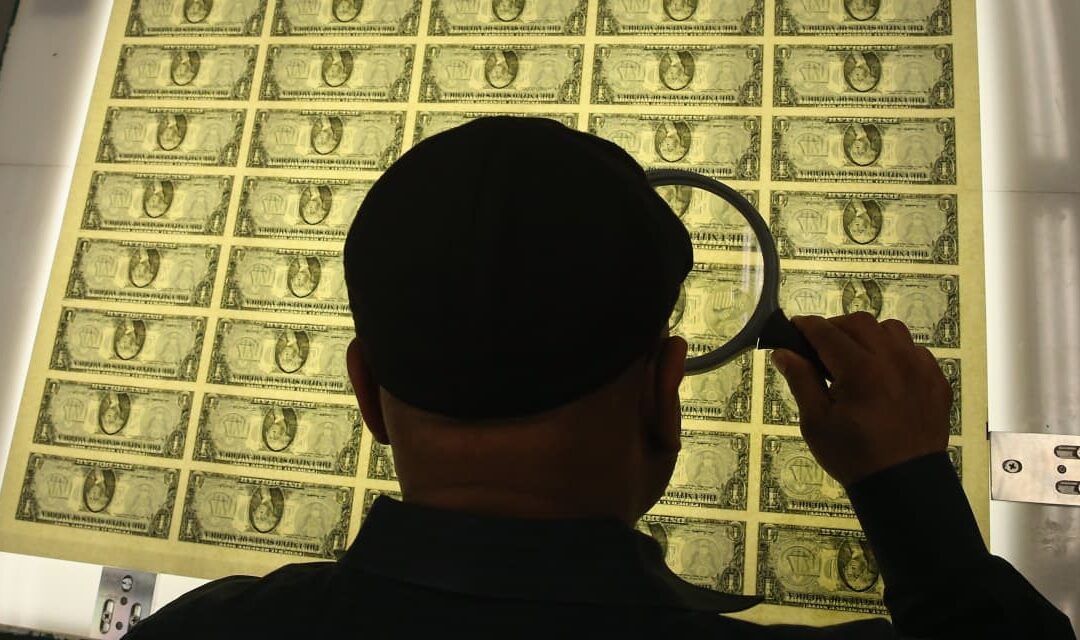A closely watched gauge of the U.S. dollar’s performance against other major currencies was on track Friday to suffer a “death cross” on the daily price charts — an ominous sounding technical development that’s often seen as a confirmation of a negative change in trend.
The ICE U.S. Dollar Index
DXY,
which tracks the currency against a basket of six major rivals, was trading around 102.16 Friday morning, off 0.1% on the day but up around 0.8% since the start of the new year.
The price action has put the index’s 50-day moving average on track to meet or slip below its 200-day moving average near 103.40, triggering a death cross (see chart below).
Dow Jones Market Data
While death crosses sound bearish, forex analysts questioned whether they provide much of a signal, tending instead to confirm downtrends already well under way. DXY saw a so-called golden cross, which occurs when the 50-day moving average rises above the 200-day average and is viewed as a positive indicator, in late September.
Data going back to 1985 shows that death crosses do tend to see the index fall over the subsequent 1-, 3- and 6-month periods. The DXY was down a median 1.2% over the following one month, 1% over three months and 0.4% over six months, according to Dow Jones Market Data. It fell 60% of the time over the one and three-month periods, and 52% of the time over six months.
A death cross is usually “a relatively meaningless indicator in my books as I don’t every really find any value in it’s predictive power but you’ll likely hear it mentioned in the media,” said Brad Bechtel, global head of FX at Jefferies, in a note.
A death cross is a lagging indicator that “does not necessarily mean that we won’t see the U.S. dollar rebound,” said Ipek Ozkardeskaya, senior analyst at Swissquote Bank, in a note.
“On the contrary, I believe that the dovish Fed expectations have been well ahead of themselves since the end of last year and there is room for some positive correction in the U.S. dollar,” she said.
The dollar sold off sharply in December, sinking as investors priced in expectations for around a half-dozen, quarter-point rate cuts by the Federal Reserve in 2024.








